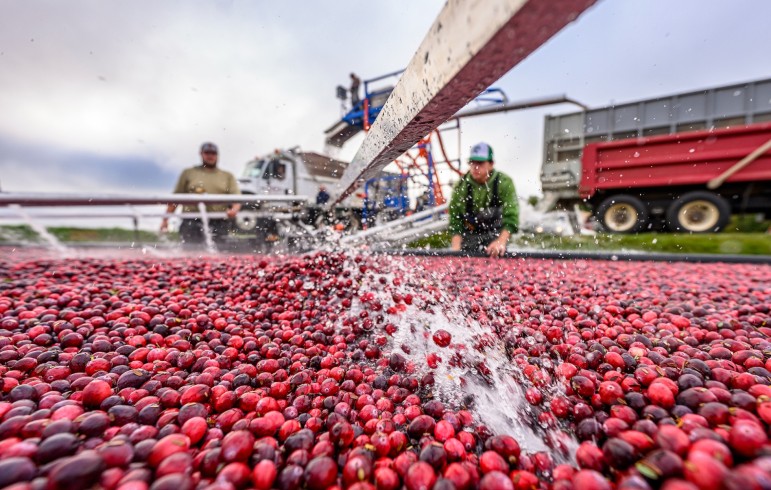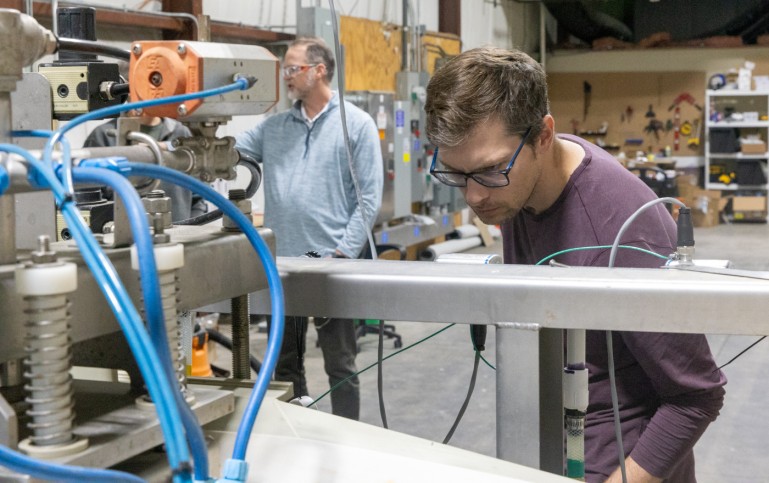Each year, the Great Lakes Bioenergy Research Center (GLBRC) hosts a group of undergraduate students to participate in the Research Experience for Undergraduates (REU) program, designed to immerse students in research.
Prolific biofuels researcher James Dumesic has been named the winner of the 2019 Eni Energy Transition Award.
Media coverage of WEI this month focused on the expansion of solar energy; the feasibility of net-zero carbon and harnessing energy in space; and the importance of saving energy when it comes to your wallet and your health.
Four promising young University of Wisconsin–Madison researchers have been named winners of the Presidential Early Career Award for Scientists and Engineers.
Steve Ackerman, who has served as the University of Wisconsin–Madison’s associate vice chancellor for research in the physical sciences since 2012, will assume a new role as interim vice chancellor for research and graduate education on Aug. 19.
The Resource and Energy Demand Analysis (REDA) program at CALS offers an accelerated path to a master’s degree with a focus on “economics and data analytics for a smart, green world.” These alumni from REDA’s first three cohorts of graduate students have found success in their energy management careers.
With a new method to synthesize a popular pain-relieving medication from plants rather than fossil fuels, researchers at the Great Lakes Bioenergy Research Center have found a way to relieve two headaches at once.



